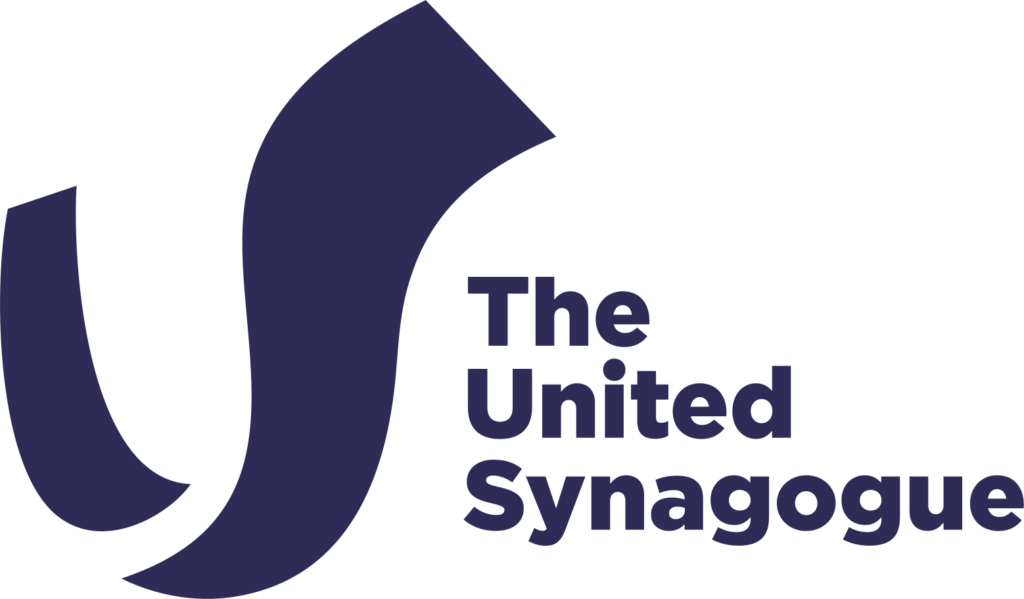Kaddish is a prayer which is recited during all daily, Shabbat and Jewish Festivals services. There are a few variants for different occasions and the mourners Kaddish is traditionally recited close to the end of each prayer service. A mourner should recite Kaddish three times a day in the presence of a minyan (10 men) during the first 11 months following the passing of a parent or one month for the passing of a spouse, child or sibling. Kaddish should also be recited annually on the Yahrzeit (anniversary of death).
The mourners kaddish has one additional sentence which translates to: “May there be great peace from heaven, and life for us and all Israel; and say, Amen.”
As you can see, in a time of mourning, both the mourner and the congregation focus on the positives and this should help somewhat in comforting both the mourner and those who have lost their loved ones.
There is a video below on how to say Kaddish.
Click here to download the mourner’s Kaddish in Hebrew, English and transliteration.
Click here to download A Guide to Kaddish for Female Mourners
The ‘Kaddish for Female Mourners’ booklet outlines laws and customs, and offers support to women who wish to say Kaddish at a funeral, during their period of mourning and on yahrzeits, as well as suggestions for alternatives.
Click here to download it.
The United Synagogue has launched a new guide for mourners to provide clear advice about weekly and seasonal variations in the weekday prayer services.
The guide is aimed particularly at male mourners whom Jewish law gives priority to when choosing a person to lead regular weekday services. It will also assist others leading services, through its accessible format which lists the relevant information in one place rather than on different pages of a Siddur. This guide makes the privilege of leading communal prayer more accessible than previously and encourages wider participation in this mitzvah.
The guide, prepared in consultation with Dayan Ivan Binstock and Rabbi Dr Naftali Brawer as well as with the US Living & Learning department, was written by Barry Shaw, a member of Borehamwood and Elstree United Synagogue, in memory of his late mother. It is available in both pocket and booklet sized formats. Copies of the guides are available through US networks and can be downloaded for free by clicking here.
Sefer HaShiva was specifically written to give guidance and inspiration to visitors to a shiva house.
This publication is not just a prayer book. It contains all the prayers we say in a shiva house, but also contains ideas and explanations about the prayers, stories, insights and frequently asked questions as well as a guide to the shiva house itself. It includes over 30 thought-provoking essays by a wide variety of US Rabbis and Rebbetzens as well as other learned men and women from our communities. Subjects include Why Do We Pray?, Kaddish: Sanctifying Life, The Memorial Prayer: Powerful Words, The Soul in Judaism, Life After Death and The Power of Community. The book contains messages from both Rabbi Lord Jonathan Sacks z”l and Chief Rabbi Sir Ephraim Mirvis KBE.
If you’d like to download a compilation of the essays in Sefer HaShiva you can do so for free here: Sefer HaShiva Essays. As this PDF is an extract from the full book pages 30 to 143 containing the Prayers for a Shiva House are not included. If you are printing out this download please be aware that the Hebrew pages may contain God’s name and should be treated respectfully.
Please click here if you’d like to order a copy of Sefer HaShiva.
For more information, assistance or support please contact your local Rabbi or Rebbetzen, or get in touch with United Synagogue Education & Events.
Click here to find your local community.
Click here to find your local Rabbi or Rebbetzen.
Chief Rabbi Sir Ephraim Mirvis KBE answers the question of what the best thing to say to a mourner is.

